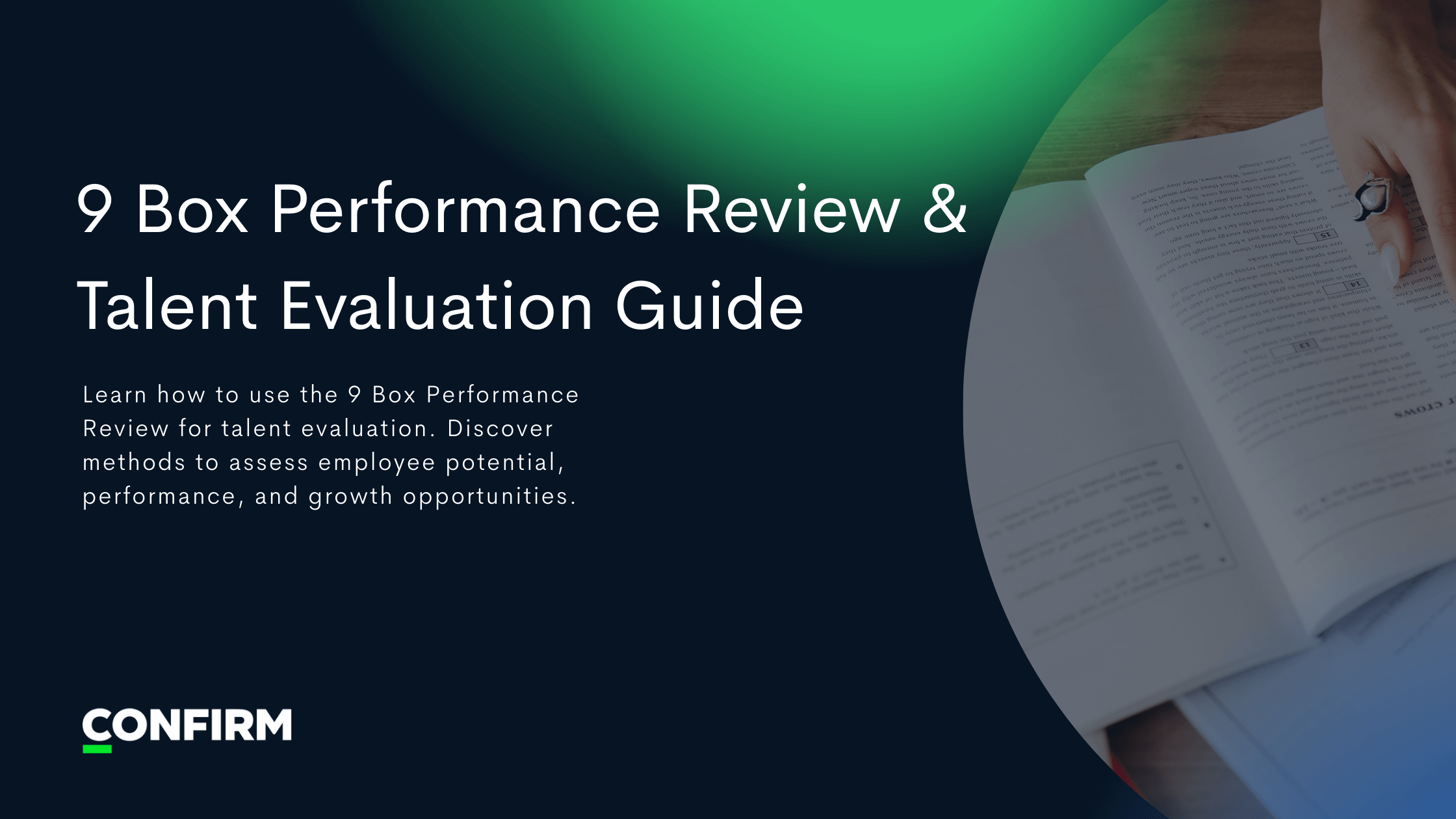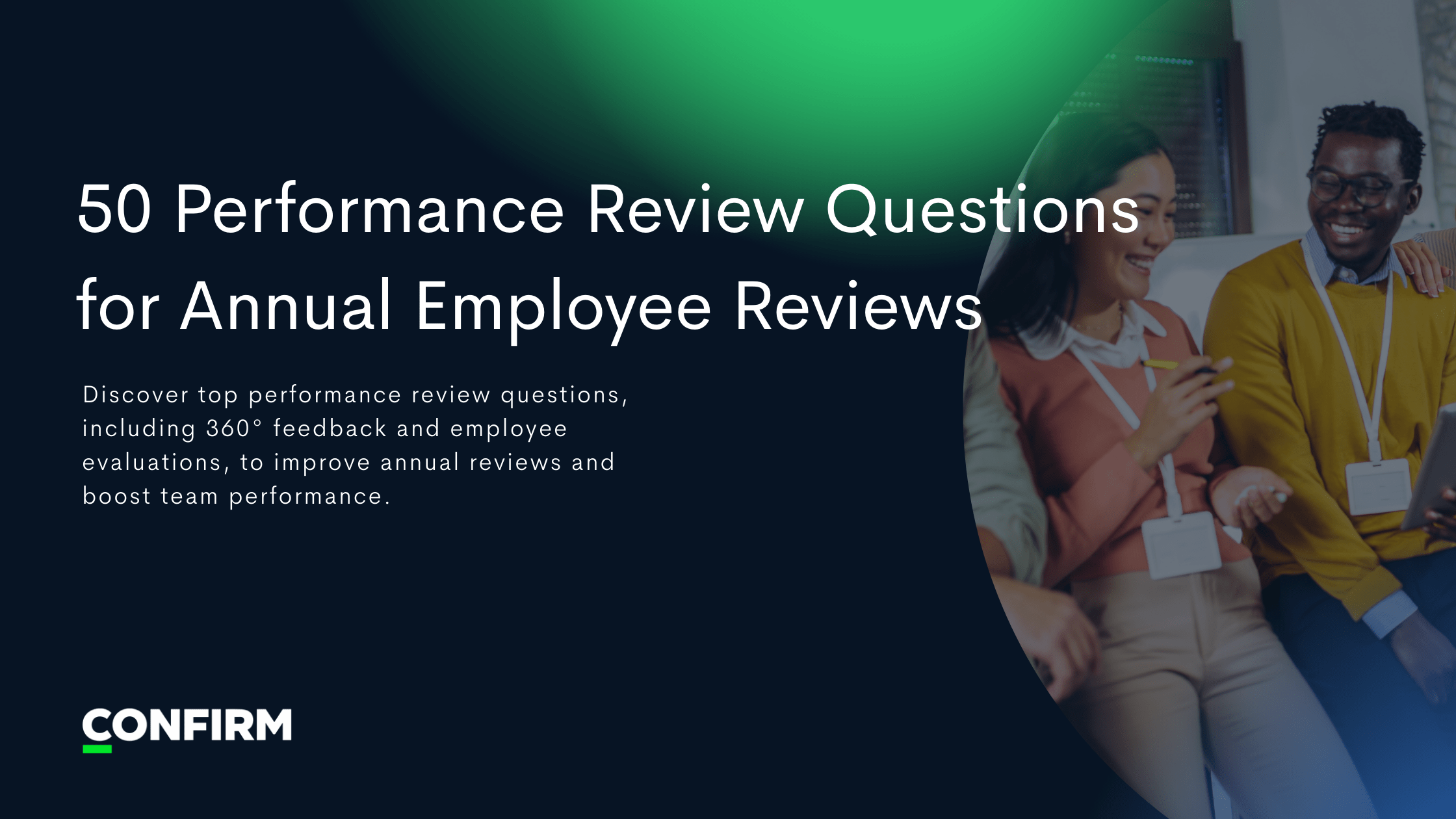
Blog post
Self Evaluation Examples and Sample Answers for Employees
Explore self performance review examples, sample answers, and templates to help employees write better self evaluations.

If writing your self‑review feels like staring at a blank page, you’re not alone. The right self evaluation examples can turn that blank page into a checklist: what to include, how to quantify impact, how to own misses, and how to set goals you’ll actually hit. This guide follows your provided outline and keyword plan to maximize search visibility—while giving employees and managers practical, reusable language.
What Is a Self Evaluation and Why It Matters
A self evaluation (also called a self assessment or self‑review) is your written reflection on achievements, behaviors, and growth areas over a review period. Done well, it:
- Captures outcomes managers might miss (especially on cross‑functional work);
- Builds a shared record that supports compensation, promotion, and development decisions;
- Strengthens accountability and engagement because you’re co‑authoring the narrative.
In modern performance systems like Confirm, self evaluations sit alongside manager reviews, 360‑degree feedback, and Organizational Network Analysis (ONA). That combination reduces bias and ensures the story of your impact is supported by both self performance review examples and observable network data.
How to Write an Effective Self Assessment
Before you write
- Collect evidence. Pull goals/OKRs, KPIs, shipped work, dashboards, customer quotes, and kudos.
- Look across the whole period. Combat recency bias by scanning meeting notes, tickets, and commits from quarter start.
- Gather perspectives. If supported, review 360 comments and Confirm’s ONA insights to see how peers rely on you.
Structure your draft
- Start with outcomes. Lead with 3–5 concrete achievements; quantify impact (“Reduced page load time by 38%,” “Closed $1.2M in expansion”).
- Use the SBI or STAR model. Situation/Task → Behavior/Action → Impact/Result keeps claims specific.
- Tie to values/competencies. Map wins and growth to what the company measures.
- Balance candor and optimism. Own misses, explain causes succinctly, and propose fixes.
- Add forward‑looking goals. Include 2–3 SMART goals with milestones and support you’ll need.
A simple employee self evaluation form (fields to include)
- Role & dates covered
- Top outcomes (3–5 bullets)
- What I’m proud of (strengths/behaviors)
- Where I fell short (root cause + remedy)
- Collaboration & stakeholder impact
- Learning & professional development
- Next‑cycle goals and metrics
- Support/resources requested
- Additional notes or links (dashboards, PRs, decks)
(If you run reviews in Confirm, these fields are built in—plus AI suggestions and one‑click sharing with your manager.)
Common Mistakes to Avoid in Self Evaluations
- Being vague. “I worked hard” isn’t evidence. Replace with specifics and numbers.
- Recency bias. Don’t let the last sprint eclipse earlier wins.
- Only listing tasks. Focus on outcomes, not effort.
- Self‑deprecation or defensiveness. Stay factual and solutions‑oriented.
- Ignoring feedback themes. If 360 notes mention prioritization, address how you’re improving it.
- Forgetting the ‘so what’. Always close the loop with measurable impact on customers, revenue, quality, or velocity.
- Copy‑pasting. Personalize examples to your scope and level; reviewers can tell.
Self Evaluation Examples by Job Role
Use or adapt the self evaluation sample answers below. Each follows STAR/SBI and keeps a neutral, factual tone.
Sales Representative
Outcomes:
- Exceeded annual quota by 112%; $1.2M in expansion from three existing accounts.
- Reduced average sales cycle from 54 to 41 days by standardizing discovery templates.
Sample answer: “In Q3, I piloted a discovery checklist with the manufacturing vertical (Action), which improved qualification and reduced rework (Impact: cycle time down 24%). I also partnered with CSM to identify three expansion opportunities (Situation), resulting in $1.2M in upsell ARR (Result). Next cycle, I’ll target multiproduct attach by adding a proof‑of‑value step for security stakeholders.”
Development goal: Increase multi‑product attach rate from 22% → 35% by Q4.
Software Engineer
Outcomes:
- Refactored the payments service, cutting p95 latency from 420ms to 250ms.
- Drove defect rate down 40% over three sprints by adding contract tests.
Sample answer: “To address payment timeouts (Situation), I profiled the service and introduced async queueing (Action), lowering p95 latency to 250ms (Result). While I shipped quickly, I sometimes merged without full context from adjacent teams. I’m scheduling weekly 15‑minute syncs with Billing and Data to align dependencies.”
Development goal: Increase cross‑team design reviews from 0 → 2 per project.
Customer Success Manager
Outcomes:
- Net Revenue Retention: 108%; reduced churn in SMB by 2.4 pp.
- Created an adoption playbook that five teammates now use.
Sample answer: “Post‑onboarding engagement was dipping (Situation). I piloted a three‑touch adoption sequence for admins (Action), lifting weekly active users by 18% (Impact) and contributing to 108% NRR (Result). To improve efficiency, I’ll templatize renewal risk checklists and partner with Sales on earlier executive alignment.”
Development goal: Shorten time‑to‑value by 20% for new logos.
Product Manager
Outcomes:
- Launched data export MVP in 10 weeks, now used by 62% of enterprise accounts.
- Reprioritized roadmap to support security certification without slipping commitments.
Sample answer: “Facing rising enterprise asks (Situation), I validated export use cases with 14 customers and scoped an MVP (Action). We launched in 10 weeks and saw 62% adoption (Result). I sometimes over‑index on customer quotes vs. data; next cycle I’ll instrument feature usage earlier and run monthly metrics reviews.”
Development goal: Lift feature adoption by 10 pp through improved in‑app guidance.
Marketing Manager
Outcomes:
- Grew organic demo requests +28% via three pillar pages and 15 briefs.
- Decreased paid CAC –18% by consolidating campaigns.
Sample answer: “To diversify pipeline (Situation), I built an SEO content engine around three ICP problems (Action), increasing organic demo requests by 28% (Impact). I under‑invested in partner content; I’ll co‑create two quarterly webinars with Sales to reach finance buyers.”
Development goal: Source 20% of MQLs from partners by year‑end.
HR Generalist
Outcomes:
- Cut average ticket resolution from 5.2 days → 1.9 days with an intake form.
- Completed 4 manager‑training cohorts; CSAT 4.7/5.
Sample answer: “Service tickets lacked routing (Situation). I created an intake form and triage queue (Action), reducing resolution time to 1.9 days (Result). I’ll deepen analytics skills to segment requests and spot policy gaps earlier.”
Development goal: Finish People Analytics certificate; publish a quarterly HR metrics dashboard.
Self Evaluation Examples for Strengths and Achievements
Use these self assessment examples to describe wins without bragging:
- Execution: “Delivered feature set one sprint early, enabling Sales to demo at the conference; contributed 12 PRs with zero rollbacks.”
- Collaboration: “Regularly serve as the go‑to for incident triage; recognized by three teams for unblocking data issues.”
- Customer focus: “Adopted a ‘closed‑loop’ routine—every support escalation received a follow‑up doc; reduced repeat tickets by 15%.”
- Ownership: “Volunteered to run the accessibility audit and created an issue backlog that the team completed in two sprints.”
- Innovation: “Proposed and tested a new pricing cohort in EMEA; early results show +11% win rate.”
- Leadership (IC): “Mentored two interns; both converted to FTE and shipped independently by month two.”
- Communication: “Converted technical tradeoffs into a one‑pager that helped execs choose Option B; decision unblocked Finance integration.”
Self Evaluation Examples for Areas of Improvement
Growth language matters. Pair the gap with the plan:
- Prioritization: “In Q2 I accepted too many inbound asks, which delayed roadmap work. I’m adopting a weekly capacity cap and will align tradeoffs with my manager every Monday.”
- Delegation: “Tended to keep complex tickets; this slowed team velocity. I’ll create ‘pairing briefs’ and assign two per sprint to senior engineers.”
- Technical depth: “Relied on others for Terraform changes. I’ve scheduled weekly study blocks and requested a course to close the gap by Q3.”
- Stakeholder management: “Roadmap updates came late to Legal. I’m adding them to monthly release notes and Slack previews.”
- Data fluency: “Presented campaign performance without statistical context. I’ll use shared dashboards with benchmarks and variance explanations.”
- Presentation skills: “Slides were text‑heavy. I’m enrolling in the internal storytelling workshop and will dry‑run key talks with a buddy.”
Self Evaluation Phrases for Goal‑Setting and Development
Turn goals into commitments you can track:
- “Increase qualified pipeline sourced from content from $X → $Y by Q4 by launching 3 pillar pages and 12 supporting posts; review monthly.”
- “Reduce production bugs –30% by adding contract tests and expanding code review from 1 → 2 reviewers per critical path by Sprint 5.”
- “Lift weekly active users in Tier‑1 accounts +15% with an onboarding series and in‑app checklists; analyze adoption by cohort each month.”
- “Mentor 2 junior teammates through paired work and a monthly learning session; collect feedback at 60 and 120 days.”
- “Complete the People Analytics course and build a quarterly HR dashboard with 5 health metrics.”
These phrases double as inputs to your employee self evaluation form and make calibration easier later.
Tips for Managers to Review Employee Self Assessments
- Read for outcomes first. Ask, “What business result happened because of this person?”
- Cross‑check with data. Pull goals, dashboards, and peer feedback. In Confirm, use ONA to see collaboration patterns that support (or challenge) claims.
- Reward clarity and ownership. Employees who name misses and propose remedies are coachable—call that out.
- Look for theme alignment. If several self reviews mention the same blocker, fix the system, not the person.
- Coach the narrative. Suggest where to be more specific, quantify, or connect to values/competencies.
- Calibrate across teams. Normalize language and ratings before comp decisions; Confirm’s fairness analytics help surface drift.
- Close with development. Turn the review into a growth plan with 2–3 measurable goals and resources.
Final Thoughts: Building a Culture of Honest Self Reflection
Great self evaluations aren’t poetry; they’re operating documents. Crisp, quantified, and candid. When employees write them this way—and when managers respond with data, coaching, and recognition—reviews become a springboard for growth, not a seasonal chore. If you want the mechanics to be easy and the signal to be strong, Confirm unifies self assessments, manager reviews, 360 feedback, ONA insights, and AI summaries in one lightweight flow.
Ready to elevate your review cycle?
Get in touch with our experts today and see how Confirm makes writing and using self evaluations effortless.
FAQs
What should be included in a self evaluation?
Top outcomes, strengths/behaviors, areas for improvement with remedies, collaboration impact, learning, and clear next‑cycle goals. These elements map directly to most review forms and keep the focus on results and growth.
How do you write a strong self assessment example?
Use STAR/SBI to describe context, action, and impact; quantify results; address misses with a plan; and close with 2–3 SMART goals. Keep it specific and concise.
What are good sample answers for self evaluation questions?
Borrow from the role‑based examples above: one paragraph per outcome with numbers, one sentence on what you’d do differently, and a forward‑looking goal.
Are self evaluations part of formal performance reviews?
Yes. The best systems pair self reviews with 360 feedback, manager input, and calibration to create a fair, evidence‑based decision process.
Can self assessments help with promotions or raises?
Absolutely—when they quantify impact, align with competencies, and demonstrate growth. They become a reliable artifact for promotion and compensation discussions.
Ready to see Confirm in Action?
See why forward-thinking enterprises use Confirm to make fairer, faster talent decisions and build high-performing teams.









